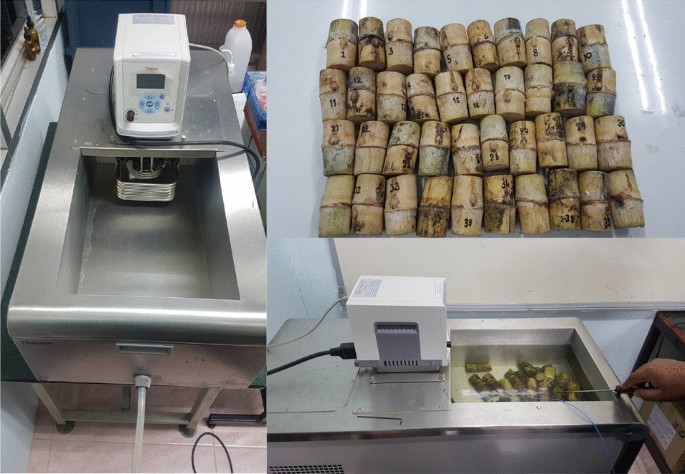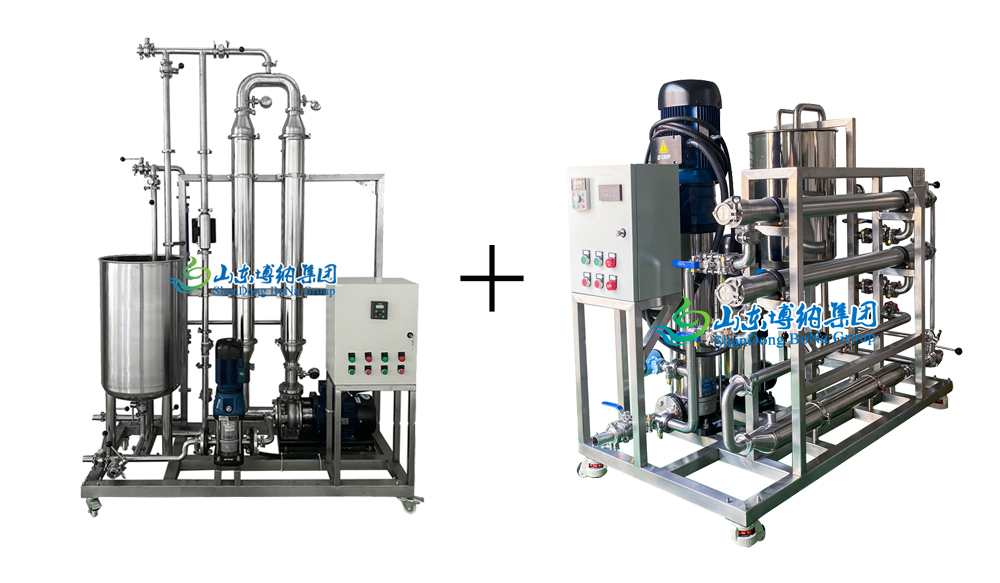A Beginner’s Guide to Using Products From Sugarcane in Daily Life
A Beginner’s Guide to Using Products From Sugarcane in Daily Life
Blog Article
Discover the Cutting-edge Advantages of Products From Sugarcane for Lasting Living
Sugarcane has arised as an essential source in the quest for lasting living. Its varied applications span biodegradable product packaging, renewable resource, and much healthier food options. As industries seek environment-friendly options, sugarcane's flexibility offers promising solutions. The real possibility of sugarcane expands past its current usages. Exploring its innovative advantages could expose new paths towards a much more sustainable future. What various other possibilities might this remarkable plant hold?

The Increase of Sugarcane as a Sustainable Resource
As international awareness of environmental concerns expands, sugarcane has actually arised as a famous lasting resource. This functional crop provides a selection of benefits that add to environment-friendly methods. Sugarcane is a renewable energy, capable of thriving in varied environments while absorbing carbon dioxide, therefore mitigating greenhouse gas discharges. Its quick growth cycle enables regular harvesting, resulting in a continual supply of raw material.Additionally, sugarcane growing often needs much less water compared to various other crops, making it a reliable alternative in water-scarce areas. The by-products of sugarcane, such as bagasse and molasses, can be repurposed for various applications, decreasing waste and promoting circular economy concepts. Innovations in agricultural methods have led to more sustainable farming approaches, even more enhancing sugarcane's environmental profile. As customers increasingly seek sustainable choices, sugarcane attracts attention as a viable option for those dedicated to decreasing their ecological footprint.
Biodegradable Product Packaging Solutions
Just how can eco-friendly product packaging options change the way customers come close to sustainability? By using sugarcane-based materials, these cutting-edge options use a compelling choice to typical plastics. Naturally degradable product packaging made from sugarcane decays normally, noticeably decreasing landfill waste and greenhouse gas exhausts. As consumers become progressively mindful of their environmental impact, the demand for sustainable product packaging continues to rise.These sugarcane-derived items not just serve functional objectives however additionally align with eco-conscious customer values. They give a concrete way for organizations and people to add to a round economic climate, advertising source efficiency and decreasing environmental impacts. Furthermore, as markets adopt biodegradable options, they foster a society of sustainability that reverberates with a growing market looking for liable choices.In significance, biodegradable product packaging remedies from sugarcane represent a crucial advance in lasting practices, empowering customers to make environmentally friendly decisions without giving up convenience or quality.
Renewable Power Generation From Sugarcane
A significant part of eco-friendly energy generation can be stemmed from sugarcane, showcasing its adaptability beyond typical farming uses. Sugarcane biomass, consisting of bagasse and leaves, is a potent source for bioenergy manufacturing. This biomass can be exchanged biofuels such as ethanol, which offers as a cleaner choice to nonrenewable fuel sources. Furthermore, the combustion of sugarcane results generates heavy steam and electricity, offering a power resource for sugar mills and neighboring communities.The farming of sugarcane also adds to carbon sequestration, as the plants soak up co2 during their development cycle. By utilizing sugarcane for power, waste is lessened, and sustainable techniques are encouraged. This renewable resource technique not only supports power requirements yet also advertises rural growth, creating jobs in bioenergy sectors. On the whole, sugarcane stands out as a key player in the shift to sustainable power services, aligning with worldwide efforts to reduce carbon impacts.

Eco-Friendly Textiles and Fabrics
Green textiles and fabrics acquired from sugarcane provide a promising choice to standard materials. These eco-friendly choices not only reduce ecological impact yet likewise use longevity and efficiency comparable to standard textiles. Sustainable manufacturing procedures better enhance their appeal, making them an indispensable part of a lasting lifestyle.
Naturally Degradable Textile Options
Why is the adjustment towards naturally degradable textile choices important for lasting living? The increasing recognition of environmental destruction has motivated a look for alternatives to standard textiles, which usually contribute to pollution and waste. Eco-friendly textiles, stemmed from sustainable sources such as sugarcane, provide an appealing remedy. These products break down naturally, minimizing land fill accumulation and reducing ecological impact. Furthermore, they can aid reduced carbon impacts and reliance on fossil gas. As customers come to be extra eco-conscious, the demand for lasting fabrics expands, motivating makers to spend and innovate in biodegradable alternatives. This adjustment not only supports sustainable methods yet additionally cultivates a round economy, paving the means for an extra responsible strategy to fashion and fabric manufacturing.
Toughness and Performance
Toughness and efficiency are critical factors when reviewing environment-friendly fabrics and fabrics. Sugarcane-derived products demonstrate remarkable strength and durability, making them appropriate for various applications. These textiles often show exceptional moisture-wicking buildings, which enhance convenience in day-to-day wear. Furthermore, their natural fibers add to breathability, making sure that garments stay wearable and fresh also sought after conditions. The performance of sugarcane-based materials encompasses their resistance to deterioration, enabling products to maintain their honesty gradually. These eco-friendly textiles can be treated to improve UV protection and discolor resistance, fulfilling the useful requirements of consumers without jeopardizing sustainability. Ultimately, sugarcane materials supply an unified balance of sturdiness and performance, attracting ecologically mindful individuals.
Sustainable Manufacturing Processes
The outstanding longevity and efficiency of sugarcane-derived fabrics are matched by lasting manufacturing procedures that prioritize environmental obligation. These processes make use of renewable energies, reducing reliance on fossil fuels and reducing carbon footprints. By harnessing the by-products of sugarcane cultivation, manufacturers can develop environment-friendly materials while promoting waste reduction. Advanced strategies, such as water-efficient dyeing and biodegradable therapies, further improve the sustainability of these fabrics. Furthermore, using non-toxic chemicals guarantees that the manufacturing procedure does not hurt ecological communities or human health. This commitment to sustainability not only interest environmentally aware customers but additionally sustains local economies by advertising sustainable agricultural techniques. Generally, sugarcane-derived textiles stand for a substantial step in the direction of a greener future in the apparel industry.
Sugarcane-Based Biofuels and Their Effect

Sugarcane-based biofuels have actually emerged as a substantial alternative energy resource, supplying a renewable option to the globe's growing power needs. These biofuels, originated from the fermentation of sugarcane juice or molasses, offer an even more lasting choice compared to nonrenewable fuel sources. Their manufacturing process produces reduced greenhouse gas discharges, contributing to environment adjustment mitigation efforts.Additionally, sugarcane biofuels can improve power safety and security by diversifying energy resources and reducing dependancy on imported oil. The farming of sugarcane additionally promotes country growth, creating tasks and boosting local economies.However, issues concerning land usage and food competitors continue, as enhanced biofuel manufacturing may impact food supply chains. Lasting agricultural methods are important to balancing these making sure and competing interests that biofuel production does not weaken food safety and security. In general, sugarcane-based biofuels stand for an appealing method for a greener power future, offered that their ecological and social ramifications are carefully handled.
Much Healthier Alternatives: Sugarcane in Food Products
While numerous customers Get More Info seek much healthier options in their diets, sugarcane products offer a healthy choice to refined sugars and artificial sweeteners. Stemmed from the natural removal of sugarcane juice, these items preserve important nutrients, consisting of minerals and vitamins, that are usually lost in refined sugars. Sugarcane has anti-oxidants and nutritional fiber, adding to general health and wellness and wellness.Many health-conscious people are transforming to sugarcane syrup and jaggery, which supply a reduced glycemic index read more compared to standard sugars, making them ideal for those taking care of blood sugar level levels. Furthermore, sugarcane-derived sugar can improve the taste of various dishes without the negative impacts related to artificial additives.This shift in the direction of all-natural sweetening representatives not just advertises far better nutritional choices but additionally lines up with sustainable living practices, as sugarcane is a renewable energy. For that reason, sugarcane items are arising as desirable options in the domain name of foodstuff.
The Future of Sugarcane in Sustainable Technologies
The future of sugarcane is poised to incorporate cutting-edge applications that prolong beyond conventional uses. Its possible as a source for biodegradable packaging solutions and eco-friendly energy resources highlights its role in sustainable practices. Checking out these advancements might considerably influence environmental preservation and resource administration.
Eco-friendly Packaging Solutions
An increasing number of business are transforming to eco-friendly product packaging remedies obtained from sugarcane as an encouraging choice to standard plastics. These ingenious products, often made from sugarcane fibers and bioplastics, decompose naturally, minimizing the long-lasting ecological influence connected with standard plastic waste. By utilizing renewable energies, sugarcane-based packaging adds to an extra lasting production cycle, lining up with worldwide initiatives to combat pollution and environment adjustment. Additionally, these remedies frequently preserve the toughness and functionality needed for numerous applications, from food containers to shipping products. As customer need for eco-friendly alternatives expands, services adopting sugarcane packaging not just enhance their brand image but also play a critical function in fostering a round economic climate, leading the way for a greener future.
Renewable Energy Resources
Eco-friendly product packaging services are just one facet of the more comprehensive potential of sugarcane in advertising sustainability. One more substantial application depends on eco-friendly power resources. Sugarcane is a flexible plant that can be utilized to generate biofuels, such as ethanol, which works as a cleaner option to nonrenewable fuel sources. The fermentation procedure of sugarcane juice returns ethanol that can power vehicles and generate electrical energy. Additionally, the byproducts of sugarcane processing, like bagasse, can be used to produce biomass power, using a effective and sustainable method to harness power. This twin role as both a resource his explanation of biofuel and biomass highlights sugarcane's capacity in reducing carbon discharges and supporting a change to a much more lasting power landscape in the future.
Often Asked Inquiries
Just How Is Sugarcane Collected Sustainably?
Sugarcane harvesting can be lasting via strategies like hand-operated cutting, which decreases dirt interruption, and utilizing machinery that reduces gas intake (Products From Sugarcane). Plant turning and integrated bug administration better enhance ecological wellness and advertise long-lasting soil fertility
What Are the Ecological Influences of Sugarcane Farming?
Can Sugarcane Products Be Recycled?
The concern of whether sugarcane products can be reused reveals a favorable overview. Several sugarcane-derived materials, such as bioplastics and packaging, are developed for recyclability, adding to a more sustainable waste management strategy within environmental factors to consider.
Exist Any Type Of Disadvantages to Utilizing Sugarcane-Based Products?
The downsides of utilizing sugarcane-based products consist of potential land usage competitors with food plants, obstacles in massive manufacturing, and problems about the environmental influence of monoculture farming methods, which can decrease biodiversity and dirt wellness.
How Does Sugarcane Cultivation Affect Resident Communities?
Sugarcane farming influences neighborhood communities by providing employment possibility and boosting neighborhood economies. Nevertheless, it can likewise cause land conflicts and ecological issues, impacting farming techniques and community wellness, requiring a balanced approach to development. Developments in farming methods have led to more sustainable farming techniques, better boosting sugarcane's ecological account. Additionally, the burning of sugarcane byproducts creates vapor and electrical energy, providing an energy source for sugar mills and neighboring communities.The growing of sugarcane likewise contributes to carbon sequestration, as the plants take in carbon dioxide during their growth cycle. By making use of sugarcane for power, waste is lessened, and sustainable practices are encouraged - Products From Sugarcane. Sugarcane consists of antioxidants and nutritional fiber, contributing to total wellness and wellness.Many health-conscious individuals are transforming to sugarcane syrup and jaggery, which provide a reduced glycemic index compared to traditional sugars, making them appropriate for those handling blood sugar levels. In addition, the results of sugarcane handling, like bagasse, can be used to generate biomass energy, providing a reliable and sustainable technique to harness power
Report this page